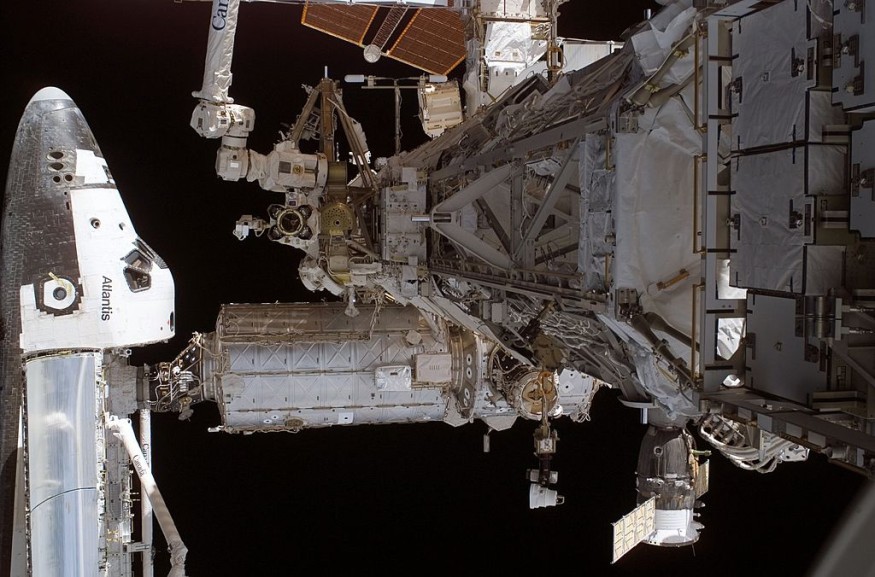Have you ever thought about how humans, sitting here on Earth, can communicate and interpret all the information pouring in from rovers and other probes millions of miles away?
As space missions get more complicated and ambitious, there are no wires, permanent communication nodes, or facilitators in space to transfer information from one location to another. Below is how NASA managed to keep in touch with rovers and other deep space missions.

Mars Rovers Calling Home From Red Planet
According to WIRED, the Mars rovers use two sorts of antennae. One is a high-gain microwave antenna for delivering large chunks of data straight to Earth. Another is a low-gain antenna for relaying data to other orbiters surrounding our planet or Mars.
The data from the Mars rovers will subsequently be sent to scientists on the ground by those probes.
By "anticipating" when the orbiters are directly over them, the rovers can communicate data. Like Perseverance and Curiosity, the Mars rovers will transmit data to the orbiter at a rate of 250 Kbps once it has reached the right position.
ALSO READ : NASA Perseverance Rover Sends Back Audio, Video While Waiting For Ingenuity to Fly Again After 2-Week Hiatus
Probes From Billions of Miles Away Talking to Earth
The Voyagers are two of the farthest-reaching man-made space probes ever developed by NASA. According to Space.com, Voyager 1 is currently 141 astronomical units (AUs) from Earth. That's a total distance of 13.2 billion miles.
Even though the technology on the Voyager space probes (there are two of them) is old, they can still relay data to scientists.
These space probes use 23-watt radios attached to large 14-foot-diameter satellites directed straight at a matching antenna on the surface of our planet. According to HowStuffWorks, the antenna measures a massive 100 feet in diameter.
Furthermore, the satellite can broadcast data at an 8 GHz frequency, with very little interference in orbit. This may be an oversimplification, but this is how things function in general.
Deep Space Network is the Key!
NASA said they use a worldwide network of antennas known as the Deep Space Network (DSN).
The antennas are deliberately situated across the world and are part of three large DSN hubs precisely 120 degrees apart. The following are the locations: Goldstone in California's Mojave Desert, as well as unknown places in Canberra, Australia, and Madrid, Spain
NASA assures that even if the Earth spins, they can still follow all of their active space probes across the universe thanks to the positioning of the DSN hubs.
Despite the 242 million mile distance between Earth and Mars, NASA can technically transmit and receive data quickly enough. However, it is still not possible to transport data in real time.
Even at light speed, it will take about 10 minutes for a signal containing data from Mars to reach scientists on Earth.
Check out more news and information on Space in Science Times.












